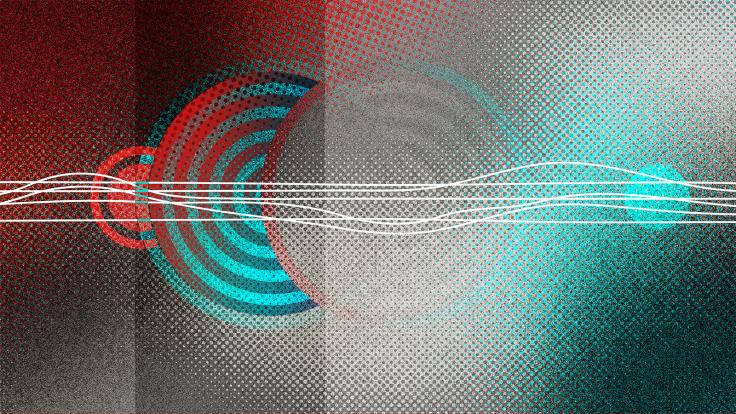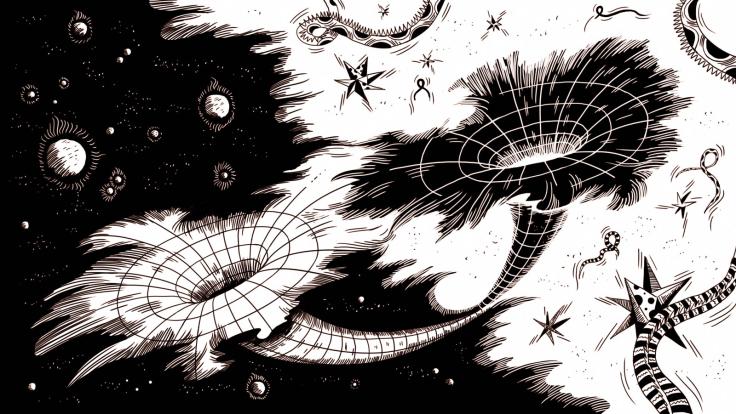Explain it in 60 seconds
Simulations are used in physics to explore many “what if?” scenarios. In particle physics, they are used from designing new types of accelerators and detectors to evaluating the final analysis of data.
Physicists use simulations to build and test virtual equipment to save the time and money required to test multiple real prototype machines. By running the virtual machines many times with various input data, scientists can better understand how the real machine would work when built, and then optimize it for best performance. Without these simulations, particle physics experiments would be harder to construct.
Simulations are also used to understand how signals of new physics phenomena could be detected with an experiment. Software programs create a virtual set of particles according to a specific theoretical model and let them interact with a simulated particle detector. By analyzing how the virtual detector responds, physicists begin to understand the different signatures of new types of physics. Vice versa, if physicists encounter a strange signal in their real experiment, they can use simulations to explore a variety of possible explanations by simply varying the theoretical input. Without simulations, physicists would have trouble interpreting the signals they see in a detector.













